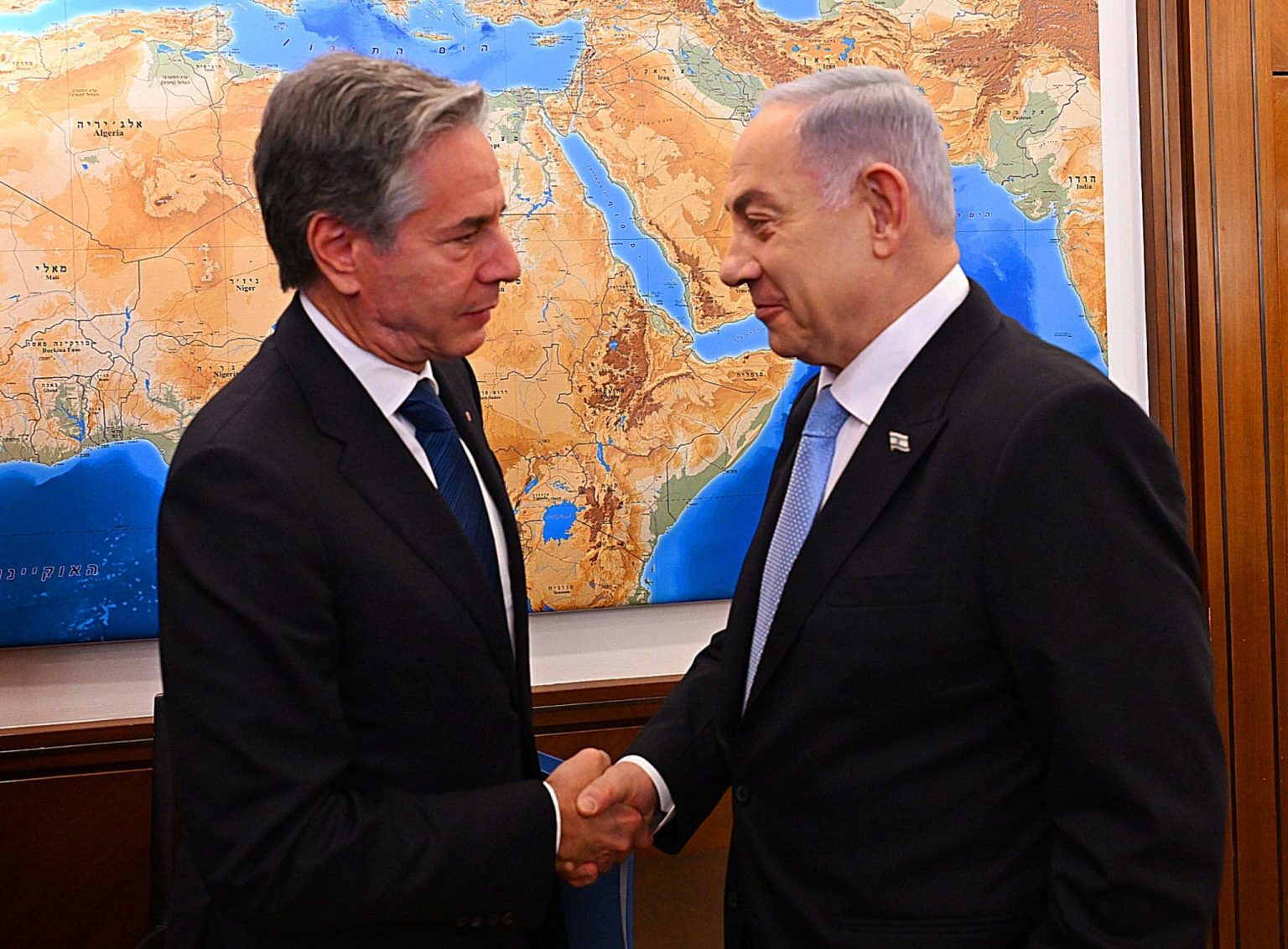Israeli Prime Minister Benjamin Netanyahu has expressed his acceptance of President Biden’s cease-fire plan aimed at ending the 10-month war in Gaza, with the condition that the fighting actually stops being dependent on Hamas’s agreement. Secretary of State Antony Blinken stated that the proposal, developed in coordination with leaders from Qatar and Egypt, aims to bridge the gaps between the warring parties and has been accepted by Netanyahu. However, the onus is now on Hamas to also accept the plan for a cease-fire to come into effect. Blinken emphasized the need for the parties involved, with the assistance of mediators, to finalize clear understandings on implementing the commitments made under the agreement.
Details of the cease-fire proposal were not provided by Blinken, and although Netanyahu has shown support for the plan, a formal agreement has not been reached yet. The U.S. secretary of state highlighted the complex issues facing both Jerusalem and Hamas, stating that hard decisions need to be made before the war can truly be considered over. Urgency was stressed regarding the need to bring the conflict to an end as soon as possible, with the United States demonstrating a deep commitment to achieving this goal. The acceptance of the terms by Netanyahu followed a meeting between Blinken and the Israeli prime minister, as well as months of negotiations.
Part of the proposed cease-fire agreement is expected to include provisions for the release of all hostages who have been held since Hamas’ attack in October 2023. However, uncertainties remain regarding specific details such as Israeli control over strategic corridors inside Gaza, including the Philadelphi Route running between the Gaza Strip and Egypt. Hamas has expressed opposition to Israeli control over the corridor, viewing it as a non-starter in any potential peace agreement. Although a report by the Times of Israel suggested that the Americans did not reject Israel’s strategic logic regarding the route, Israeli officials remain steadfast in their position that it is essential for security as long as Hamas remains a threat.
Blinken’s visit to Israel marked his ninth trip to the Middle East since the conflict began, with plans to continue to Egypt and Qatar in the coming days. Concerns persist in the region about the possibility of a broader regional war breaking out, particularly due to threats from Iran and other extremist groups such as Hezbollah. The situation in the Middle East remains volatile, with various actors involved in the conflict, and the need for a swift resolution to prevent further escalation of violence is paramount. International mediation efforts will continue to play a crucial role in facilitating dialogue and negotiation between the parties to reach a lasting peace agreement.
Overall, the acceptance of President Biden’s cease-fire plan by Israeli Prime Minister Benjamin Netanyahu represents a significant step towards resolving the protracted conflict in Gaza. The proposed agreement, developed with input from regional leaders, aims to address the underlying issues fueling the war and create a path towards sustainable peace. However, the ultimate success of the cease-fire hinges on the willingness of Hamas to also accept the terms. Negotiations are ongoing, with the United States demonstrating a strong commitment to supporting the process and bringing the conflict to an end as soon as possible. The situation remains complex, with security concerns and strategic considerations playing a key role in discussions between the parties involved. Nonetheless, there is a recognition of the urgency to reach a solution and prevent further escalation of violence in the region.


